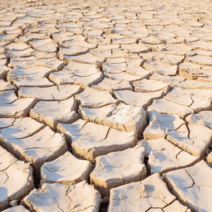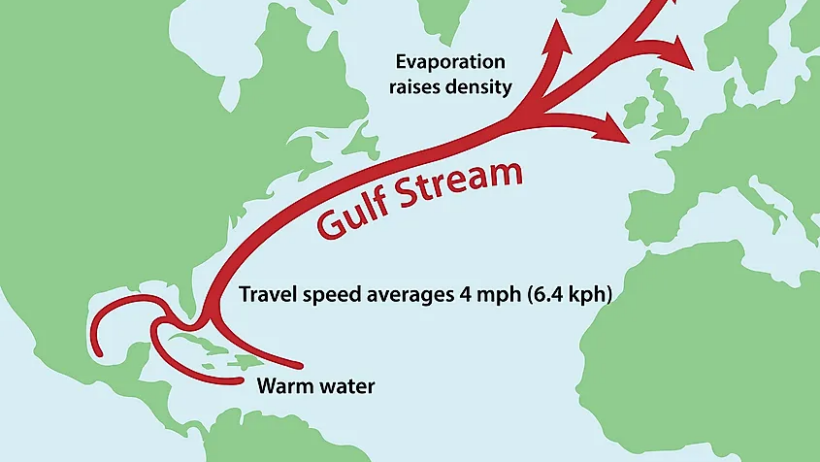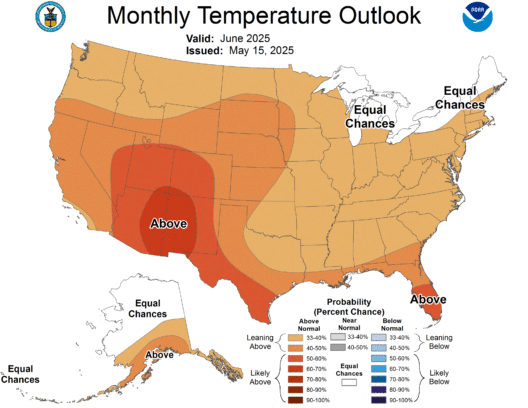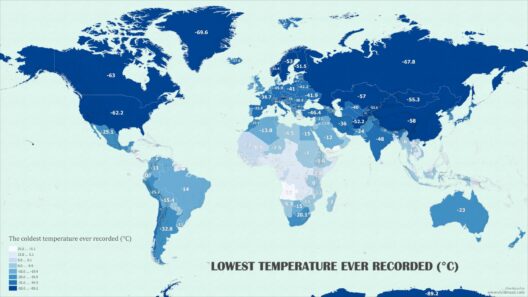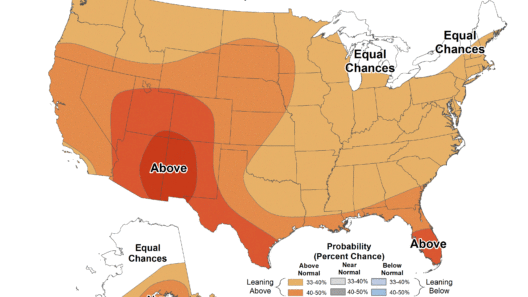The Gulf Stream, a powerful ocean current that originates in the Gulf of Mexico, traverses across the Atlantic Ocean before reaching the shores of Europe, exerts a profound influence on global climate patterns. As one of the most significant components of the Atlantic Meridional Overturning Circulation (AMOC), the Gulf Stream is much more than just a waterway; it acts as an intricate conveyor belt, redistributing heat and impacting weather systems on a planetary scale. Understanding its mechanisms is crucial, especially in light of contemporary climate challenges.
To appreciate the Gulf Stream’s role, it is essential to first understand its formation. The current begins when warm, salty water from the tropics flows northward. The process kicks into gear as surface winds push this warm water away from the coast of North America. This displacement results in colder water rising from the depths to replace it, a phenomenon known as upwelling. As warm water travels northwards, it loses heat to the cooler atmosphere, significantly impacting the climates of both North America and Western Europe.
One might ponder: how can a river of warm water influence the temperatures of landmasses hundreds of miles away? The answer lies in the interplay between ocean currents and atmospheric circulation. The Gulf Stream warms the air above it, which, in turn, influences weather patterns. This interaction fosters a temperate climate in Western Europe, notably enabling countries like the United Kingdom and Norway to experience milder winters compared to regions at similar latitudes in North America.
Delving deeper into the Gulf Stream’s influence reveals an array of mechanisms at work. The current acts as a thermal regulator, absorbing solar energy during the summer months and releasing it during the colder seasons. Interestingly, the flow’s large volume and speed allow it to transport about 30 million cubic meters of water every second. This staggering figure underscores not only its power but its role as a climate stabilizer. Indeed, without the Gulf Stream, Europe would likely experience significantly harsher climatic conditions, posing challenges to agriculture, biodiversity, and human habitation.
However, recent climatic changes have called into question the stability of the Gulf Stream. Scientific research has pointed towards a worrying trend: a slowdown of the current attributed to significant contributions of freshwater from melting glaciers, particularly in Greenland. When freshwater enters the Atlantic, it disrupts the salinity balance necessary for the Gulf Stream’s flow. This alteration can have cascading effects on weather patterns across the globe, exacerbating climate-related issues such as increased storm intensity and altered rainfall patterns.
Furthermore, the implications of a weakened Gulf Stream stretch beyond Europe and North America. For example, nations along the West African coast rely on predictable weather patterns for agriculture and fishing. Disruptions caused by an altered Gulf Stream could result in erratic monsoon seasons, leading to food shortages and economic instability. Expanding outward, the effects of a warming climate driven by these changes in the Gulf Stream have global ramifications, influencing ocean ecosystems and biodiversity. Coral reefs, for instance, are highly susceptible to temperature changes, and their degradation can lead to the loss of marine biodiversity.
A shift in the Gulf Stream not only has temperature implications but also poses significant questions regarding weather extremes. Insights into historical data reveal that previous shifts have been linked to pronounced weather anomalies, including extreme cold snaps in areas that should be experiencing milder temperatures. This enigma serves as a stark reminder of our interconnectedness: a transformation in one part of the globe can reverberate through vast distances, affecting myriad ecosystems and human settlements.
Another critical facet to explore is the societal impact of the Gulf Stream’s dynamics. Communities dependent on predictable weather patterns for their livelihoods may face existential threats from the changing climate. Farmers, fishermen, and coastal residents are on the frontlines, witnessing firsthand the alterations in their environments. The need to adapt to these changes has never been more pressing, requiring innovative methodologies and sustainable practices that align with changing climates.
The potential for adaptation is vast, encompassing new agricultural techniques, investment in renewable energy, and collaborative international policies to enact change. Proactive measures could mitigate some adverse effects stemming from a weakened Gulf Stream, but concerted efforts are imperative. Education and awareness form critical components of this transition. By understanding the Gulf Stream and its broader implications, societies can rally to address the greater challenges posed by climate change.
As the world grapples with these convulsive changes, the Gulf Stream stands as a poignant reminder of nature’s complexity. It serves as both a calming force and a harbinger of potential calamity. The duality encapsulates the essence of today’s climate conundrum: we can no longer afford to view natural systems as isolated. From the depths of the Atlantic to the peaks of the Himalayas, alterations resonate far and wide. Every ripple in the stream sends currents throughout the fabric of life.
In conclusion, the Gulf Stream’s role in global climate regulation is underscored by its influence on weather patterns, ecological balance, and socio-economic wellbeing. As we continue to witness the ramifications of climate change, shifting our understanding of this vital current from mere environmental science to a broader societal imperative becomes essential. Climate action, community engagement, and global collaboration will play crucial roles as we navigate the realities of an ever-changing world. The Gulf Stream—an extraordinary stream of influence—thrums with lessons that extend well beyond the ocean’s surface, urging us to ponder the future we desire and the stewardship required to achieve it.
